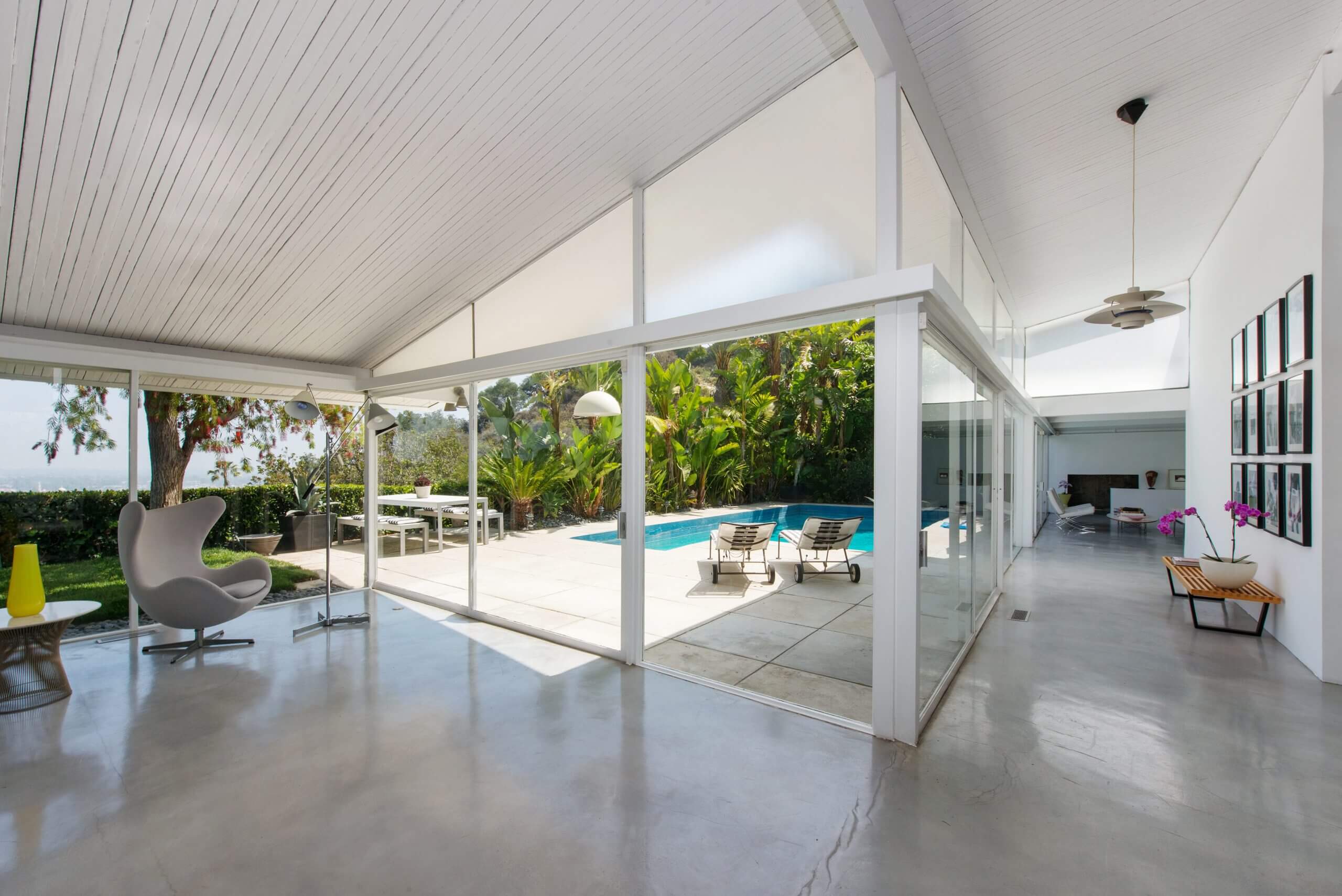Born in 1916, a fourth generation Angeleno, Edward Hale Fickett, son of a contractor, attended Beverly Hills High School, received his BA in architecture from USC, and earned his master’s degree from MIT. He attended Art Center College of Design and worked as a draftsman under notable architects such as Paul Williams, Sumner Spaulding, and Gordon B. Kaufman, before creating his own firm in 1948. Admitted to the American Institute of Architects (AIA) in 1950.
Fickett designed more than 60,000 post-war homes, 40,000 single-family dwellings in over seventy residential communities. Fourteen of these developments have been cited by the AIA, NAHB as well as, numerous magazines for their superiority in design. Typical features of Fickett’s tract homes included open, L-shaped floor plans; glass walls; and relaxed rooflines. Fickett’s ability to express excellence in design, proportion, and scale, is enhanced through the use of regional materials like redwood, adobe brick and handmade flooring tiles. The connection of detail and expression of structural elements are notable in all the architect’s works and have become this architect’s trademark.
Better Homes and Gardens called Fickett, “The Frank LLoyd Wright of the 1950s”. His residential developments include Meadowlark Park in Reseda, Sherwood Park in the Hollywood Hills, and Rollingwood Estates in Palos Verdes. He also designed significant, multifamily housing including the Sunset Lanai and Hollywood Riviera in West Hollywood. Embracing the distinguishing characteristics of Fickett’s work, in 1965 the City of Los Angeles Cultural Affairs Department designated the Jacobson House, Los Angeles as Historic Cultural Monument No. 674. This was the first contemporary structure to receive Landmark Status by the City.
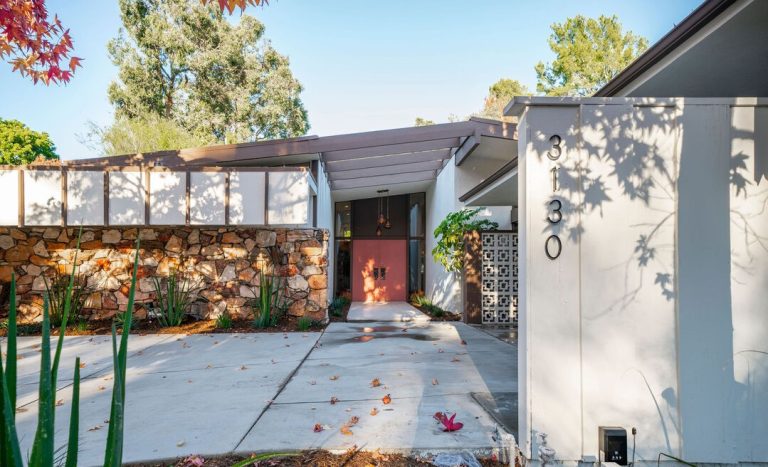
HOLLYWOOD HILLS THE OPHELIA HOUSE BY EDWARD FICKETT, AIA
Introducing “The Ophelia House,” a Jack Weisskopf home designed by renowned architect Edward Fickett, AIA -1959 located in the highly coveted “Nichols Canyon Colony” perched at the crest of tree lined Nichols Canyon.
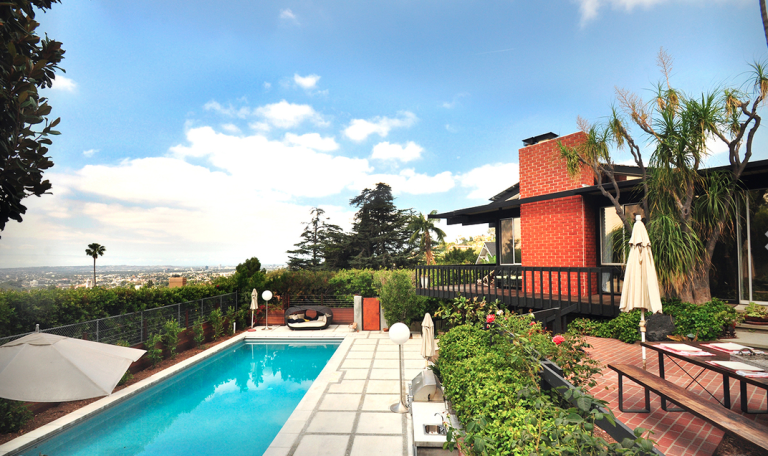
LOS FELIZ EDWARD FICKETT HOUSE THE JACOBSON RESIDENCE
This Los Feliz Edward Fickett home is Los Angeles Historical Cultural Monument 674. The first contemporary structure to receive Landmark Status by the City of Los Angeles. Private, intact original Post and Beam masterpiece.
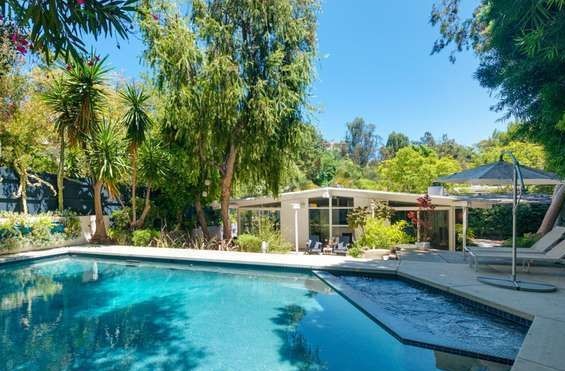
MID CENTURY MODERN HOLLYWOOD HILLS HOME BY EDWARD H FICKETT FAIA
Mid Century Modern Hollywood Hills home in the exclusive Nichols Colony enclave. 1959 Edward H Fickett FAIA post and beam is the quintessential Hollywood Hills home designed for indoor/outdoor living with timeless design.
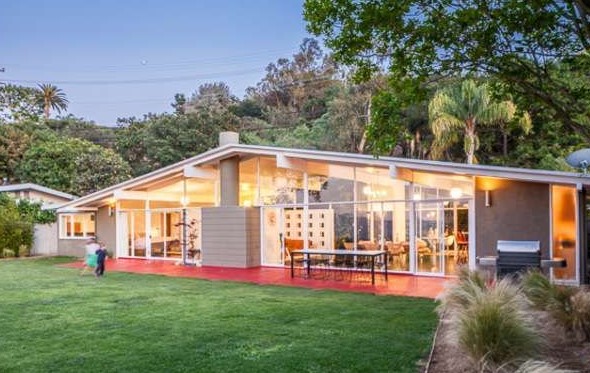
ED FICKETT, FAIA, CLASSIC MID CENTURY POST AND BEAM ARCHITECTURAL
Classic mid-century post and beam architectural home by Edward H. Fickett, FAIA. Fickett uncovers the structure, boosts the roofline and renders the interior as unitary open space.
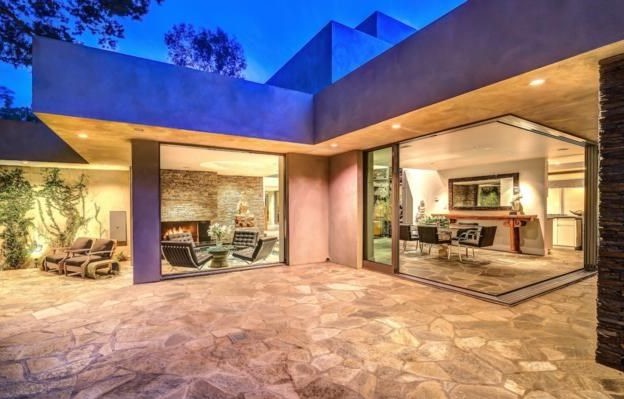
RENOVATED EDWARD FICKETT, FAIA HOME IN SOUGHT AFTER FRYMAN ESTATES
Renovated Edward Fickett home in Fryman Estates. Fickett was the architect to the stars, radiantly ties the aesthetic divide between structure and nature in this iconic exemplification of mid-century modern architecture.
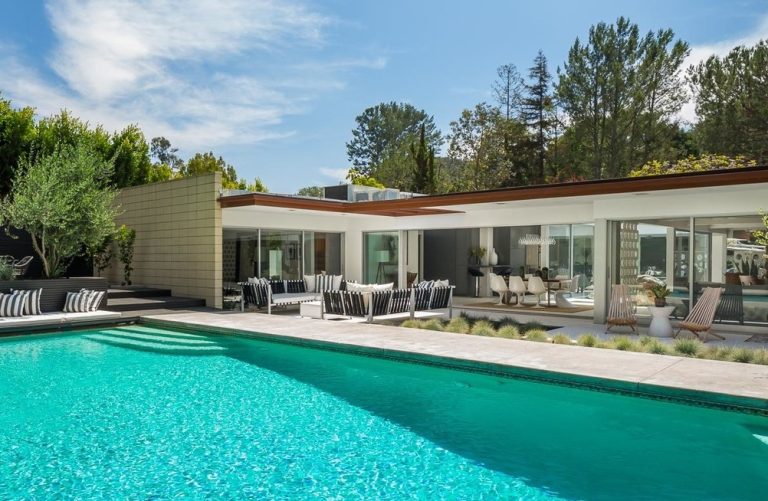
STRIKING MID CENTURY HOLLYWOOD HILLS HOME WITH SPARKLING POOL
This striking Hollywood Hills Mid Century home is currently being established as the work of renowned architect Edward H. Fickett, FAIA. This extraordinary ultra-trendy home was built in 1959 and is situated in the core of a mid-century enclave of architectural residences.
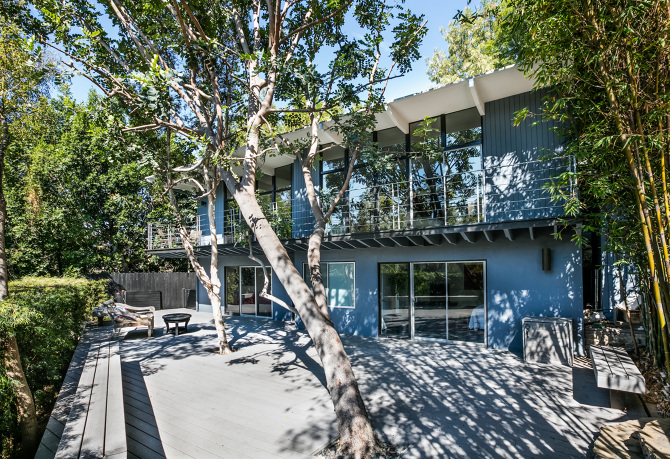
ED FICKETT HOLLYWOOD HILLS MID CENTURY POST AND BEAM
Ed Fickett Hollywood Hills Mid Century post and beam home. Private and peaceful canyon view home in the famed Hollywood Dell area.
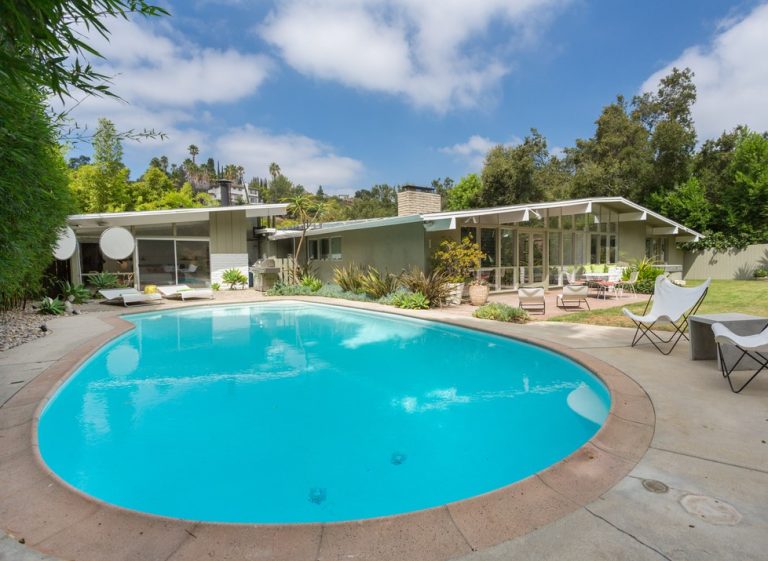
ENCINO MID CENTURY POST & BEAM BY EDWARD H. FICKETT, FAIA
This secluded Encino Mid Century Post & Beam home, circa 1956, is situated in the hills and highlights the extraordinary work of noted architect, Edward H. Fickett, FAIA.
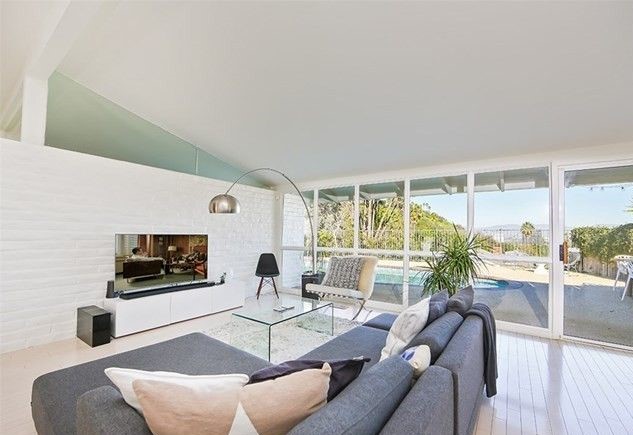
THE MARTSON RESIDENCE BY NOTED ARCHITECT EDWARD FICKETT FAIA IN SHERMAN OAKS
The Martson Residence by noted architect Edward Fickett FAIA. Stunningly updated while preserving the original mid-century modern architecture.
